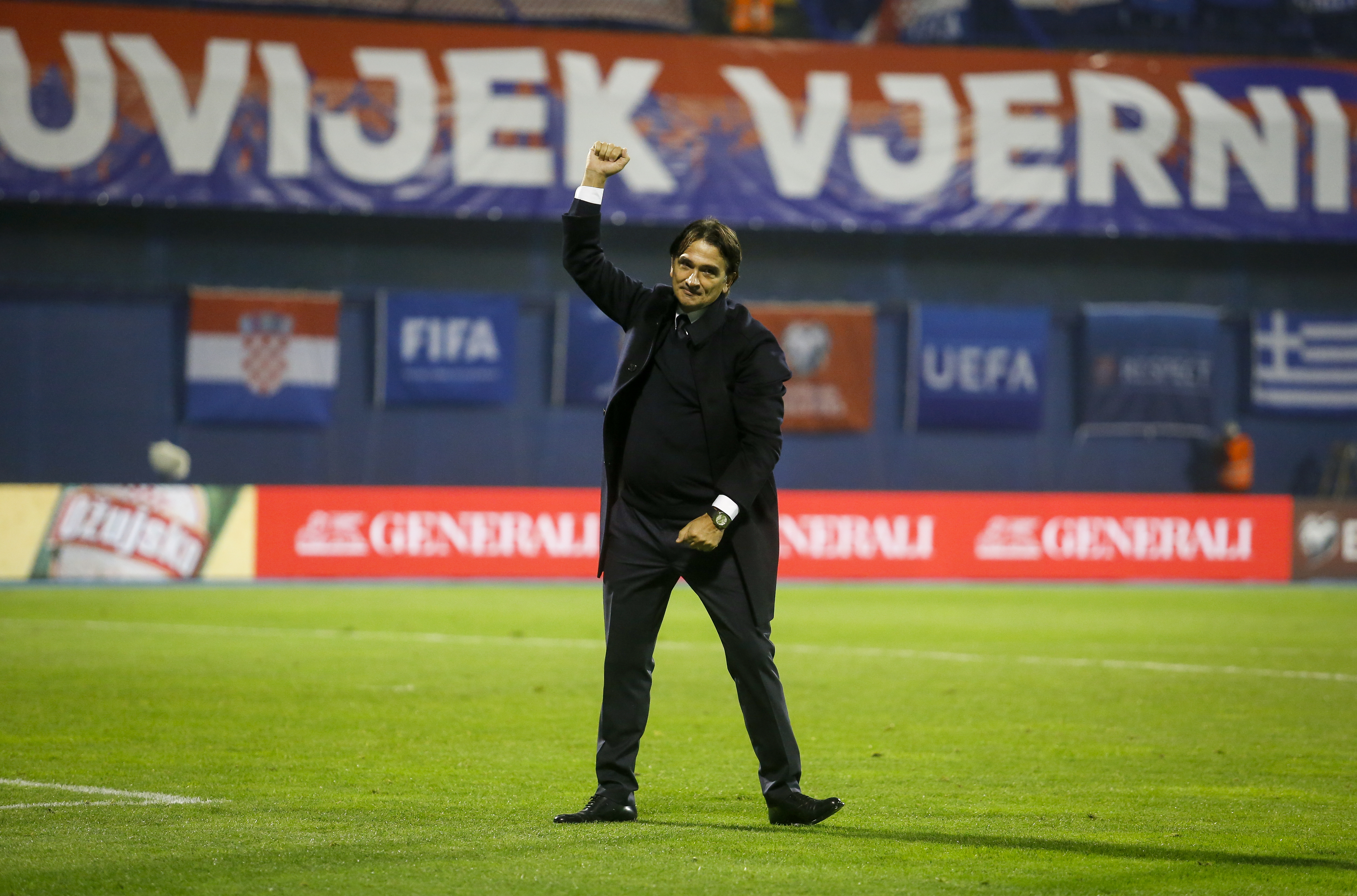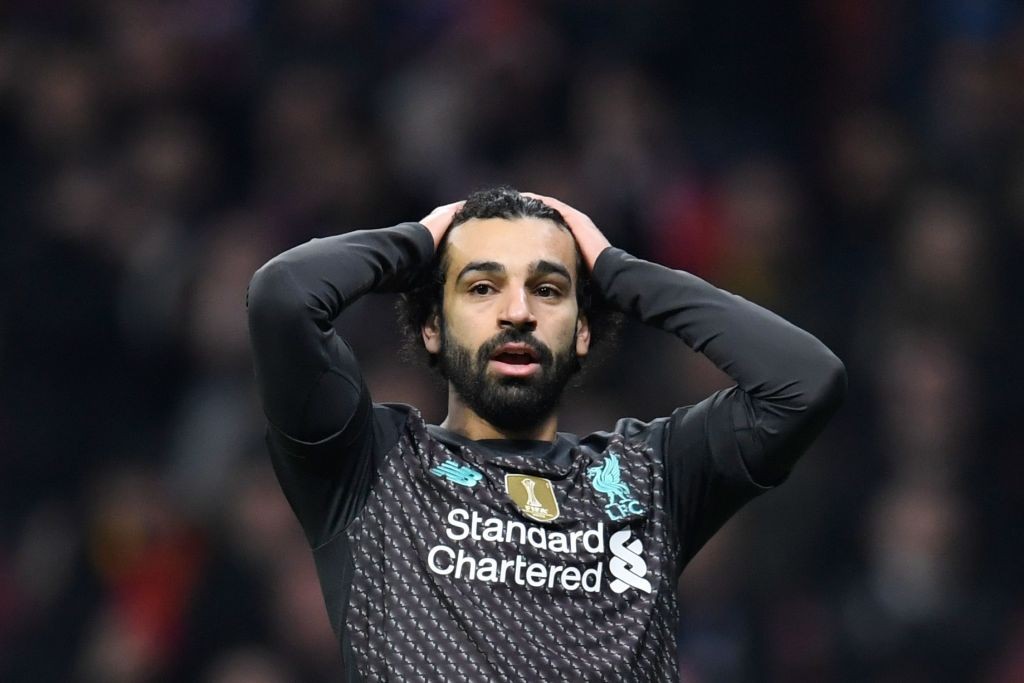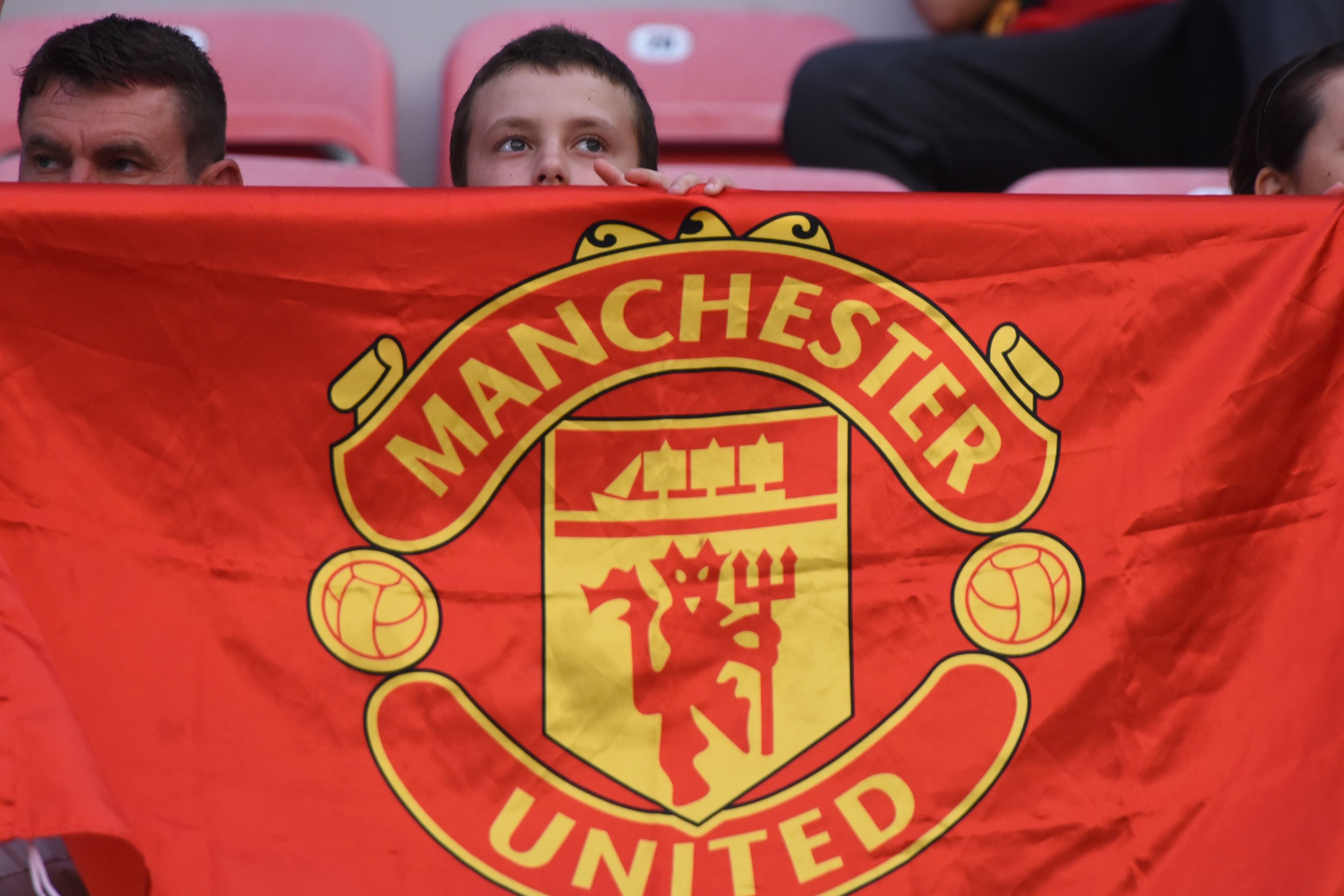A dominant Lionel Messi-inspired Argentina outclassed Croatia and sent them packing from FIFA World Cup 2022, and The Hard Tackle takes a deep dive into the collapse for Luka Modric and co.
Argentina advanced to the grand final thanks to Lionel Messi’s mesmerising performance, as the Albiceleste proved too hot to handle for previously-thought-of regimented and streetwise Croatia. The Vatreni were simply not at the races and fell to a 3-0 semi-final defeat at the Lusail Stadium.
After a fairly even opening 30 minutes, the game burst into life when Julian Alvarez slipped in behind the Croatia defence to latch onto a long ball and was taken down by goalkeeper Dominik Livakovic. Messi took the penalty and blasted it in to make it 1-0.
Soon after, Argentina doubled their lead when Alvarez powered forward on the counter and got a lucky break when the ball caromed off two Croatia defenders and dropped nicely on his path as he hammered home.
Despite boasting the lion’s share of possession, Croatia rarely threatened, and the game was put to bed when Messi and Alvarez combined again. Messi turned back the clock to use his customary magic to buzz past Josko Gvardiol and set up Alvarez for a tap-in to seal the victory.
2018 World Cup: Argentina 0-3 Croatia
2022 World Cup: Argentina 3-0 Croatia
…𝑎𝑛𝑑 𝐼 𝑡𝑜𝑜𝑘 𝑡ℎ𝑎𝑡 𝑝𝑒𝑟𝑠𝑜𝑛𝑎𝑙𝑙𝑦 pic.twitter.com/t0BfYIyy40
— B/R Football (@brfootball) December 13, 2022
It is safe to say that for all of Croatia’s relentless fighting spirit at the World Cup, this defeat was long due as they generally punched well above their weight. And history speaks similarly: they have not won a knockout game in normal time at a major tournament since they finished third at the 1998 World Cup.
Aided by nerves of steel, and arguably the most experienced midfield in Qatar, Croatia were not spectacular in the group stage, where they played out draws against Morocco and Belgium, with the latter a scoreless stalemate due to lucky goal-mouth fumbles by Romelu Lukaku, who missed some absolute sitters.
The only time they actually established themselves in a game was against minnows Canada when they won comfortably 4-1. Croatia always lived on the edge, close to the exit at the group stage; fighting back after going behind to defeat Japan and Brazil on penalties in the knockout rounds.
The 2018 finalists have routinely gone to extra time and beyond, where they never know when they are beaten, boasting a 100% success record with three wins out of three World Cup penalty shootouts. However, this approach and the overreliance on midfield clearly did not work against Argentina.
Here at The Hard Tackle, we look at some of the reasons why Croatia were so fragile and what went wrong for Zlatko Dalic’s side, who failed to emulate their knockout heroics in Tuesday’s semi-final. Meanwhile, Argentina wait for the winner of the game between France and Morocco on Wednesday.
Uncharacteristically Erroneous Defence: From Hero to Zero
Croatia progressed to the semi-finals largely due to their defensive organisation, hard work, and never-say-die attitude. Their formidable defence had kept clean sheets against Morocco and Belgium and held Brazil’s star-studded Samba attack to only one goal in 120 minutes of play.
In Josko Gvardiol, they have a defensive powerhouse with a mask in the Croatian defence. The 20-year-old in-demand centre-back is proving to be a real gem for Croatia and has been one of the best defenders in the tournament. A promising young talent who delivers when required with his impressive athleticism, last-ditch defending, and anticipation skills.
Goalkeeper Dominik Livakovic was not one of Croatia’s prominent stars before the World Cup 2022 started. Over the course of two weeks, Livakovic has demonstrated his expertise in penalty shootouts. Putting his penalty shootout record to the side for a moment, Croatia conceded just one goal in their first three games as they cruised to qualification out of a very tricky group F – Livakovic played no small role in that.
Dominik Livakovic at the 2022 World Cup:
◉ Most saves: 24
◉ Most saves in a single game: 11 (vs #BRA)Golden Glove? 🧤#FIFAWorldCup pic.twitter.com/qoc6wlPnZR
— Squawka (@Squawka) December 13, 2022
His save rate of 82.8% is the second-highest of any goalkeeper to feature in five games at the tournament. But you cannot hide from that penalty shootout record for too long. Following their win against tournament favourites, Brazil, Livakovic became the only keeper alongside Harald Schumacher and Danijel Subasic to make four shootout saves.
Full-back duo Josip Juranovic and Borna Sosa have also played pivotal roles, with the former also helping out in attack with his bundles of blistering pace and being a livewire in a mortaring display in the quarter-final victory against Brazil. Veteran Dejan Lovren brings his aerial prowess, robustness, and regimented attitude to the table, marshaling the back four with his experience.
All of it vanished in nine minutes of craziness against Argentina. The defence was carved open with a simple ball over the top for the penalty incident as Alvarez was shown a clean pair of heels through on goal 1v1 against Livakovic, who was incredibly unlucky to concede a penalty for clattering with Alvarez from there on, as he simply stood his ground to make the save.
Lionel Messi and Julian Alvarez proved to be too much to handle. Croatia just could not live with the menacing duo from Argentina, with their turn of speed, niftiness, dazzling skills, and directness causing the defence, and Lovren in particular, a nightmare.
The Manchester City wonderboy was yet again allowed to run and run from the halfway line, dodging tackles and benefiting from some fortuitous ricochets to slam in from close range and put Argentina in the driving seat. Sosa and Lovren both had a chance to smash it away from danger but could only provide weak clearances.
While the ultra-organised defence threatened to frustrate the Argentina frontline in the opening 20 minutes, Alvarez’s pace, dribbling, and directness proved to be the perfect answer to break the tricky code.
Zlatko Dalic’s backline appeared to be pretty weak and uncharacteristically sloppy once Argentina turned the heat on, and it cost Croatia dearly as they let up as many goals in 90 minutes as they did in the whole competition.
Croatia’s defence failed to hold Argentina at bay, and their rough day can be summed up in the one moment when Josko Gvardiol, who, arguably, had been their best player, was taken to the cleaners by a trademark Messi run before he laid it on a platter for Alvarez to tap-in the third.
If you’re a coach, you tell Gvardiol that he did very well. Stood his ground, didn’t put his foot in, forced him outside, made sure not to foul. Everything you’re taught to do.
But then, in a few seconds, Lionel Messi destroys your entire belief systempic.twitter.com/u8eO1PNGhJ
— Luis Miguel Echegaray (@lmechegaray) December 14, 2022
Zlatko Dalic’s restricting tactics and poor Plan-B
Croatia have prioritised being stout defensively and economically in the midfield throughout the tournament since they cannot punish opponents in many ways offensively. They try to build through the lines with a slow, patient, and controlled approach involving intricate patterns, with both Dejan Lovren and Josko Gvardiol comfortable as ball-playing central defenders and capable of progressing with the ball under opposition press.
The instructions are simple: the longer you stay in games and, ideally, draw out games for at least a point in group stages and a penalty shootout in knockout rounds, the better. And they have showed time and time again, it more often than not works to a tee. However, as Argentina demonstrated, this strategy may boomerang against the wrong team.
Croatia finished the game with 61% possession but created no clear-cut chances to show for it against Argentina. Croatia’s poor defence and the fact that La Albiceleste simply looked stronger and hungrier seemed to signal that this would not be their day.
Dalic has frequently utilized a 4-3-3 formation with possession-based philosophy at the heart of their playing style. The plan was to use the world-class midfield trio of Luka Modric, Mateo Kovacic, and Marcelo Brozovic – which is safer than the bank – to exert as much control over the game as possible.
It was the game plan that worked so well against Brazil: let the opposition hunt you down when you have the ball; in the worst-case scenario, the opponent will get limited chances to score without much possession. To counter the threat, Lionel Scaloni switched to a back four, with Alexis Mac Allister playing the de facto diamond role in midfield to suffocate Croatia’s midfield trio.
However, it did not appear to be effective initially as Modric, Kovacic, and Brozovic were playing their way through Argentina’s midfield press. The Europeans were unable to cut open and fashion clear chances against the compact mid-block set up by the South Americans.
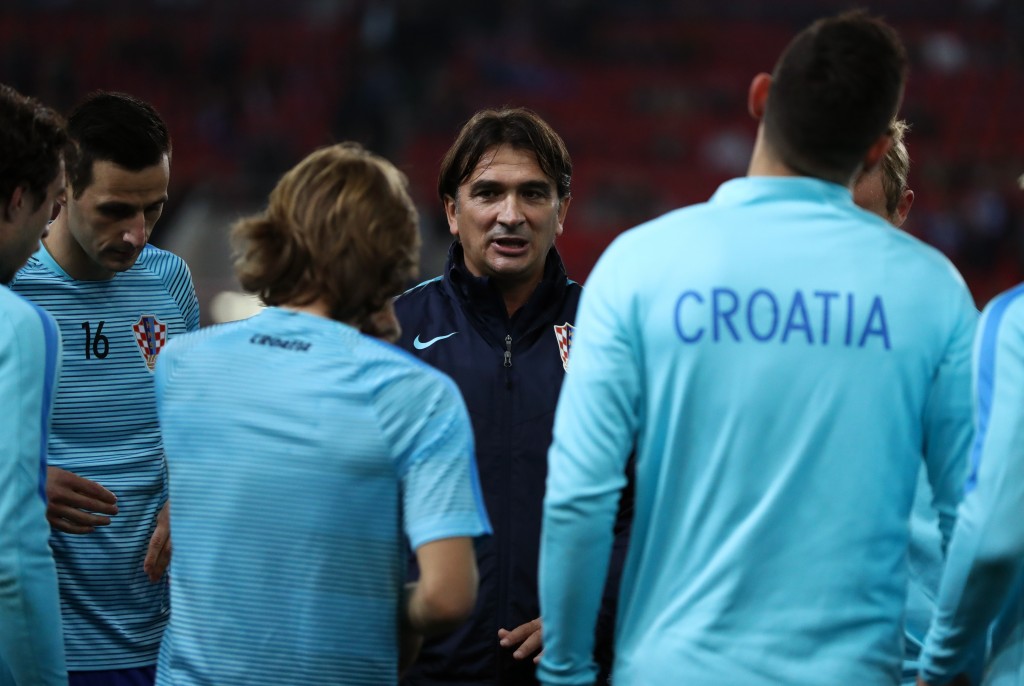
But when Argentina’s energetic midfield legs ramped up the intensity, it started to wear the Croat engine room down. Midfield maestro Modric was unable to dictate play as much as he normally would, but he still drifted tirelessly all over the pitch and picked his moments to inject some urgency into his team’s attack.
And their defence was all over the shop, at sixes and sevens when hit by two goals in quick succession. To his credit, Dalic made two changes at halftime and changed the team’s shape. Forward Mislav Orsic came on for defender Sosa, and Nikola Vlasic replaced Mario Pasalic on the right flank. Bruno Petkovic came on for defensive midfield workhorse Brozovic early in the second half.
Though it was supposed that the Inter midfielder was injured, his puzzled expression suggested the opposite. Taking Brozovic out so early, if not enforced by injury, was a mistake as Croatia lost the critical balance with a holding midfielder to prevent turnovers.
As it turns out, the quality of Plan B was sub-standard. Croatia never looked like they would come back into the game after the third goal. Any half-chances were swiftly smothered by a tenacious and effective Argentine defence. Croatia’s passes were rushed, and poor passing decisions were made, even by Modric.
Lack of an out-and-out goalscorer
For all of their midfield talent over the years, Croatia desperately lacks a consistent goalscorer to provide the much-needed goals. And this is a long-standing problem. Mario Mandzukic was the closest they had to a goalscorer, with 31 goals in 87 caps. Even his game was largely about holding the ball up and linking the midfield to the attack.
Dalic made no secret of it after the Argentina defeat. In his view, his team created “good situations” but failed to produce clear-cut chances. “We have prepared everything but we missed a real, genuine attacker,” he said.
Croatia had scored 21 goals in World Cup qualification. But Luka Modric, Ivan Perisic, and Mario Pasalic led the way with three goals apiece in the absence of a reliable centre striker. Andrej Kramaric followed with two goals. But the Hoffenheim forward’s goals have dried up in the German top-flight this season, while Bruno Petkovic has been even less productive and inconsistent since the Euros.
And that lack of goals has hindered them throughout the tournament. Their forwards have really let them down, and against Argentina, they literally offered nothing, with only two shots on target. Those were forced by centre-back Lovren coming forward on corners.
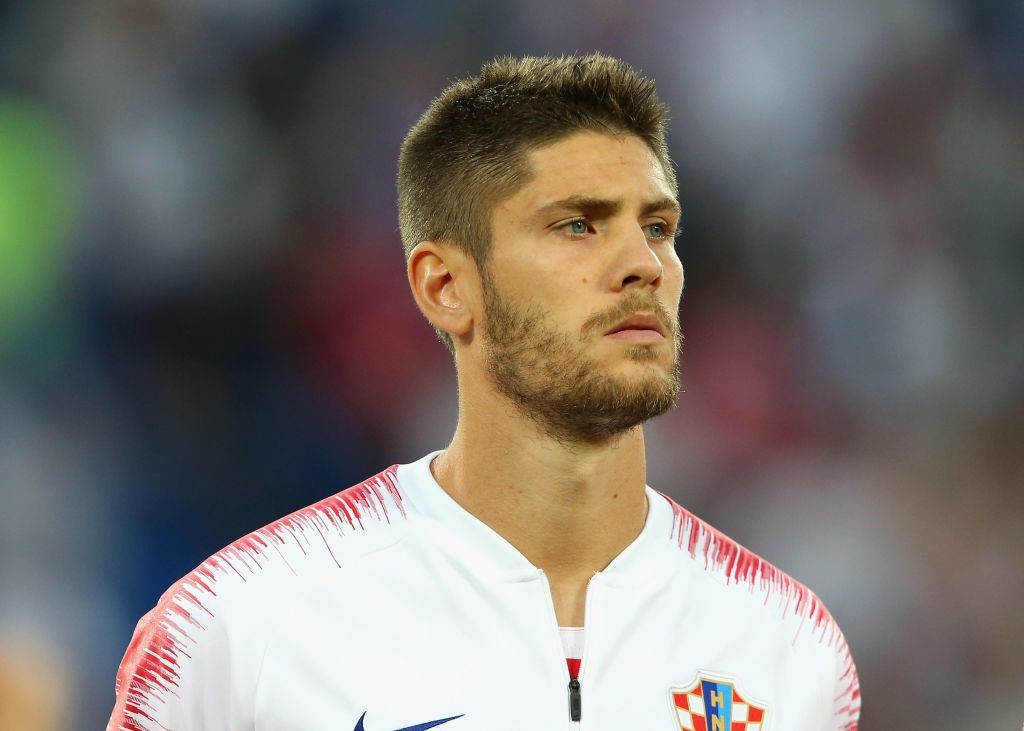
Kramaric was in inspired form against Canada, scoring twice, but has been anonymous since. Perisic only fired potshots from a distance out of desperation. The less said about the others, the better.
Chasing the game without a focal point meant Croatia had to push numbers forward to support the toothless attack. With Juranovic bombing from full-back and Mateo Kovacic storming from midfield and attempting risky dribbles, but without a counter-pressing structure, this plan backfired and left them exposed and frantic in defence.
Finding a solution to their attacking woes will be crucial for Dalic in the future tournaments despite their success in Russia, and Qatar. After all, an ageing midfield can only take you so far.
Silver-lining: Semi-finals still a remarkable achievement
For a country with a population of around 4 million, reaching consecutive semi-finals in a World Cup is a tremendous sporting feat. In 2018, Croatia made it all the way to the finals against all odds, only losing to the indomitable force that is France . And while they are knocked out here, Croatia go out with their heads held high.
Not many fancied them to even get out of the tricky-looking group, let alone make it into the semi-finals. To be among the top four teams in the world, their extraordinary success in recent years is nothing short of a fairytale.
Their loss to Argentina was the third time Croatia reached the semi-finals in the past 24 years. To put that into perspective, that is the same amount of World Cup semi-final appearances as Brazil during the same time frame. And it is more than Argentina, Italy, Spain, and England.
Luka Modric coming off. This will probably be his last ever World Cup game.
What a player. What an international career. Not many footballers have done so much for their country 👏 pic.twitter.com/E0xxmy19YV
— SPORTbible (@sportbible) December 13, 2022
The diminutive midfield maestro Luka Modic’s rise to football superstardom mirrors the journey of the nation. He is undoubtedly the greatest Croat to ever touch the ball. It’s difficult to find a midfielder with his footballing sense, passing range, and uncanny ability.
Every time you think his stamina, turn of pace, and sharpness have gone, he manages to surprise you. It was wonderful to watch the Argentina supporters applaud him from the pitch when he was replaced by Lovro Majer with 10 minutes remaining. It was a fitting tribute to one of the game’s all-time greats.
While the old guard showed they are still in their pomp and haven’t peaked yet, head coach Zlatko Dalic has also sought to inject some youth into his squad. 20-year-old Josko Gvardiol has been one of the tournament’s breakout stars, while Sosa, Juranovic, Livakovic, and others have all performed well.
